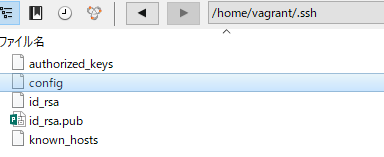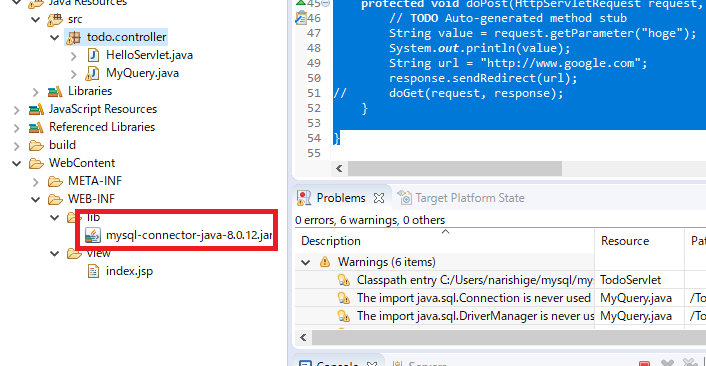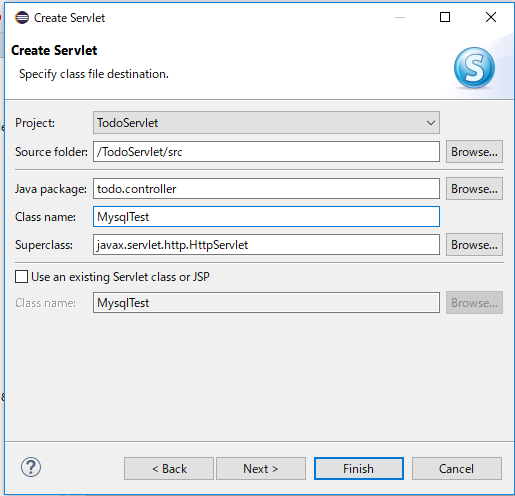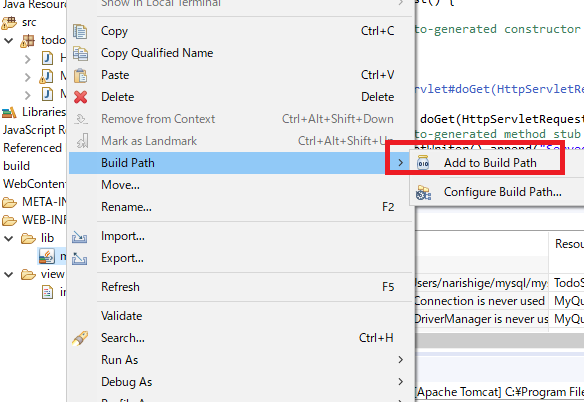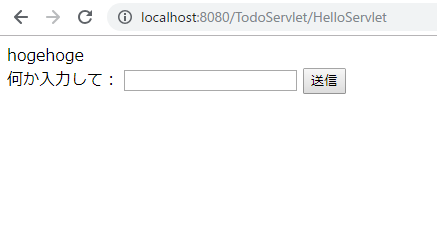–syntax-checkでチェックする
[vagrant@host ~]$ ansible-playbook playbook.yml –syntax-check
[DEPRECATION WARNING]: Instead of sudo/sudo_user, use become/become_user and
make sure become_method is ‘sudo’ (default).
This feature will be removed in a
future release. Deprecation warnings can be disabled by setting
deprecation_warnings=False in ansible.cfg.
playbook: playbook.yml
–list-task でタスク一覧を表示
[vagrant@host ~]$ ansible-playbook pbook.yml –list-task
[DEPRECATION WARNING]: Instead of sudo/sudo_user, use become/become_user and
make sure become_method is ‘sudo’ (default).
This feature will be removed in a
future release. Deprecation warnings can be disabled by setting
deprecation_warnings=False in ansible.cfg.
playbook: pbook.yml
play #1 (all): all TAGS: []
tasks:
add a new user TAGS: []
playbook: playbook.yml
play #1 (all): all TAGS: []
tasks:
add a new user TAGS: []
install libselinux-python TAGS: []
play #2 (web): web TAGS: []
tasks:
install apache TAGS: []
start apache and enabled TAGS: []
change owner TAGS: []
copy index.html TAGS: []
install php packages TAGS: []
copy hello.php TAGS: []
play #3 (db): db TAGS: []
tasks:
install mysql TAGS: []
start mysql and enabled TAGS: []
create a database TAGS: []
create a user for mydb TAGS: []

